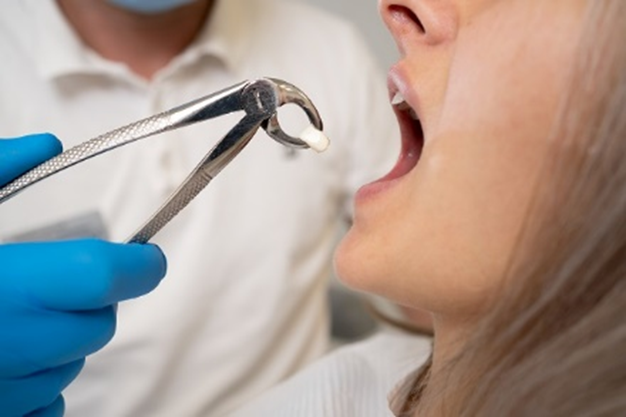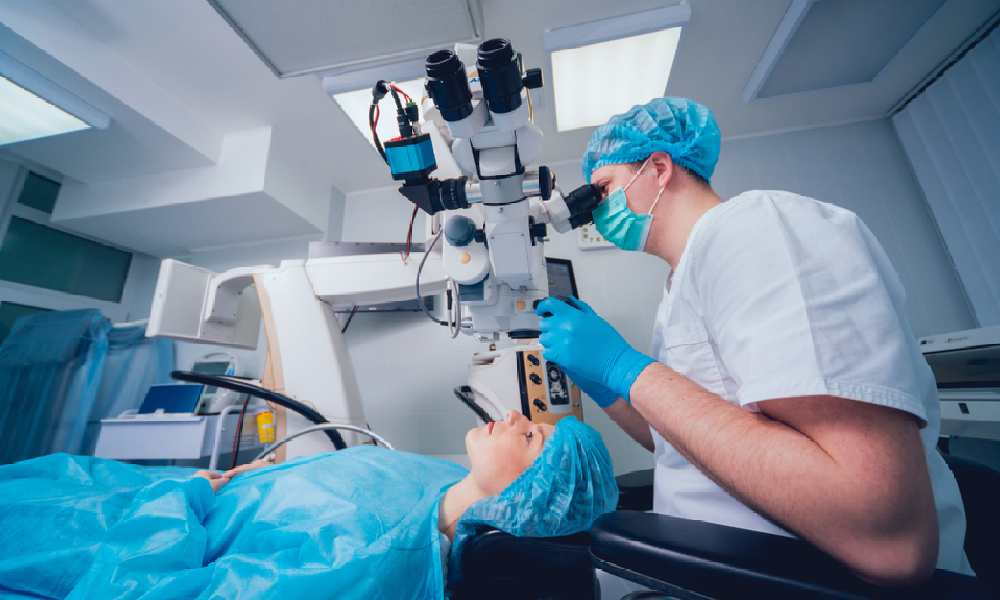Wisdom teeth, also known as third molars, tend to develop later in life between the ages of 17-25 years old. Their eruption has the potential to greatly impact orthodontic treatment outcomes if not properly monitored and managed. We will analyze several key connections between these two areas of oral healthcare.
Timing of Wisdom Tooth Development
As a dentist performing wisdom tooth extraction in Coal Harbour explains, the timing of wisdom tooth development and emergence can directly coincide with orthodontic treatment in teenagers and young adults. Most people begin braces between ages 10-14, which overlaps with the ages wisdom teeth begin developing under the gums. Clear communication between orthodontists and oral surgeons is crucial to coordinate proper eruption guidance.
Impaction Issues
One major issue is tooth impaction against second molars, which can be exacerbated by orthodontic pressure. Improper angulation and lack of sufficient jaw space also increase the chances of infection and cyst growth over time. If not addressed, damage to adjacent teeth and roots can occur. This is why frequent monitoring through panoramic X-rays is vital during orthodontia.
Need for Tooth Extraction
Insufficient eruption room frequently requires extraction if wisdom teeth become impacted. Removal may be needed before, during, or after the use of braces of clear aligners to prevent complications. The orthodontist and oral surgeon work hand-in-hand to determine the best timing and technique for extraction based on the patient’s specific teeth positioning and jaw anatomy.
Preserving Gap Spaces
Once wisdom teeth are removed, maintaining the open space is crucial for successful orthodontic outcomes. The use of spacers or prosthetic placeholders ensures teeth do not shift into the new gap over time after extraction. This preserves the room for proper positioning of surrounding teeth by orthodontic appliances into the ideal bite configuration.
Jaw Alignment Effects
Wisdom teeth may also exert pressure on back molars, causing orthodontic relapse or misalignment following treatment. This is why retention using a passive brace or clear overlay appliance is critical for 1-2 years after braces are removed. Ongoing adjustment helps keep teeth in position without developing jaw pain or bite issues.
Associated Costs and Insurance Coverage
The combined costs of orthodontia and wisdom tooth removal can place a significant financial burden on those requiring coordination. Dental insurance often covers portions of essential extraction but rarely assists with voluntary removal for orthodontic benefit. Careful review of coverage and payment options is advised for patients and parents early on. Developing wise financial planning is key.
The interaction between developing wisdom teeth and orthodontic treatment involves numerous considerations for optimal outcomes. Being informed on prognosis, effects of impaction, necessity of extraction, post-procedure preservation of space, retention protocol, and insurance coverage is imperative for both doctors and patients alike. Taking a proactive, collaborative approach leads to success.

In Conclusion
Achieving an optimized orthodontic outcome requires strategic coordination around the variable of emerging wisdom teeth. As third molars develop on their timeline, they can uniquely disrupt alignment and positioning if left unmonitored. Rather than view wisdom tooth management as separate from orthodontic care, doctors and patients benefit tremendously from an integrated approach. Embracing consistent communication and a shared game plan for extraction timing, gap preservation, recovery procedures, and preventing post-treatment relapse unlocks maximum treatment potential. By intersecting orthodontics and wisdom teeth early on, coordinating interactive treatment steps proactively, and setting unified retention protocols, patients experience better form, function, and confidence in their smile.

 Utilizing 3d printing technology in medical training
Utilizing 3d printing technology in medical training  Online THC A Flowers: Best Options Available
Online THC A Flowers: Best Options Available  Entails of terpenes in Delta 8 gummies
Entails of terpenes in Delta 8 gummies  Why are regular check-ups with a thyroid health specialist important?
Why are regular check-ups with a thyroid health specialist important?  Pain Down There? You Are Not Alone! Understanding Chronic Pelvic Pain
Pain Down There? You Are Not Alone! Understanding Chronic Pelvic Pain  What Allied Health Services are Available in Werribee for NDIS Participants?
What Allied Health Services are Available in Werribee for NDIS Participants?  What to Expect When Visiting a Pain Center for the First Time?
What to Expect When Visiting a Pain Center for the First Time?  Health benefits of using the best magic mushroom gummies
Health benefits of using the best magic mushroom gummies  Addiction is a complex and devastating disease.
Addiction is a complex and devastating disease. 
